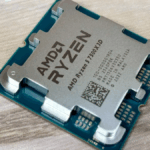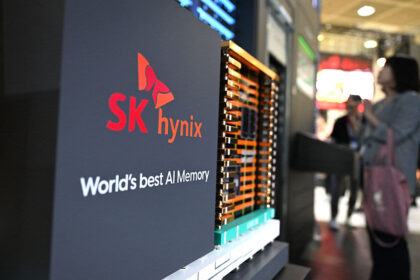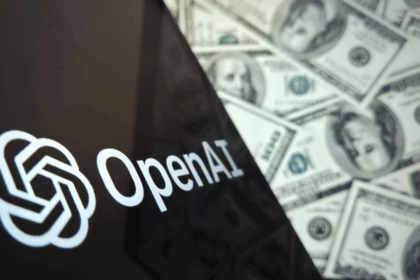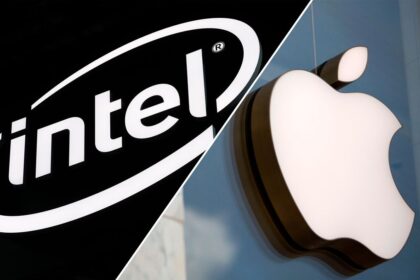U.S. export controls on advanced semiconductors are beginning to visibly reshape China’s approach to artificial intelligence. With Nvidia’s high-end GPUs in short supply, Chinese cloud providers and state-backed data centres are increasingly turning to domestic alternatives to keep their AI efforts on track.
According to The Wall Street Journal, supply has grown so limited that Chinese government officials are now overseeing the distribution of the remaining Nvidia chips, while actively steering organisations toward homegrown solutions such as Huawei’s Ascend processors.
A Government Push Toward Domestic Hardware
The shift is most apparent in China’s public cloud sector and in state-funded data infrastructure projects, which are now prohibited from using foreign AI chips altogether. While Beijing has long offered subsidies and preferential contracts to encourage the adoption of domestic hardware, this latest move effectively mandates it.
As a result, Chinese developers are adapting software and training pipelines to work on local accelerators such as Huawei’s Ascend 910B and 910C chips — both of which deliver less performance than Nvidia’s top-of-the-line GPUs but remain viable for many workloads.
Huawei’s Ascend 910C
Huawei’s Ascend 910C is quickly emerging as the leading domestic alternative. The chip combines two 910B dies into a single package and reportedly entered mass production earlier this year. Developers across several industries are already utilising it for AI model training, marking the first time a Chinese-built processor has been deployed at this scale for large language model workloads.
Major tech companies are also following suit. Alibaba and Baidu, two of China’s largest cloud computing companies, have begun migrating their AI services to in-house chips. Baidu recently unveiled a new version of its Baige training platform that runs entirely on Chinese-made hardware and software—part of its effort to maintain independence from U.S. supply chains.
Workarounds and Growing Bottlenecks
Some companies are still trying to find ways to work around the restrictions. A handful of Chinese developers have reportedly routed large-scale training runs through overseas subsidiaries or acquired used Nvidia GPUs from secondary markets, often via third-party brokers.
Meanwhile, China’s domestic hardware ecosystem continues to face significant bottlenecks—particularly in terms of memory bandwidth. Local memory makers, such as YMTC and CXMT, are investing in next-generation HBM (High Bandwidth Memory) production to support these AI chips; however, large-scale manufacturing has yet to commence.
For Nvidia, once dominant in China’s AI infrastructure market, the effects are already being felt. With sales of its latest GPUs blocked and Chinese developers increasingly rewriting their systems around local hardware, the company’s foothold in one of its biggest markets is quickly eroding.











